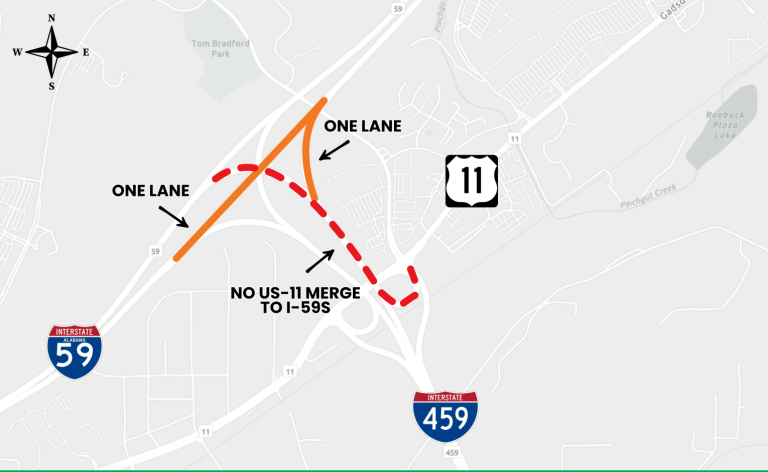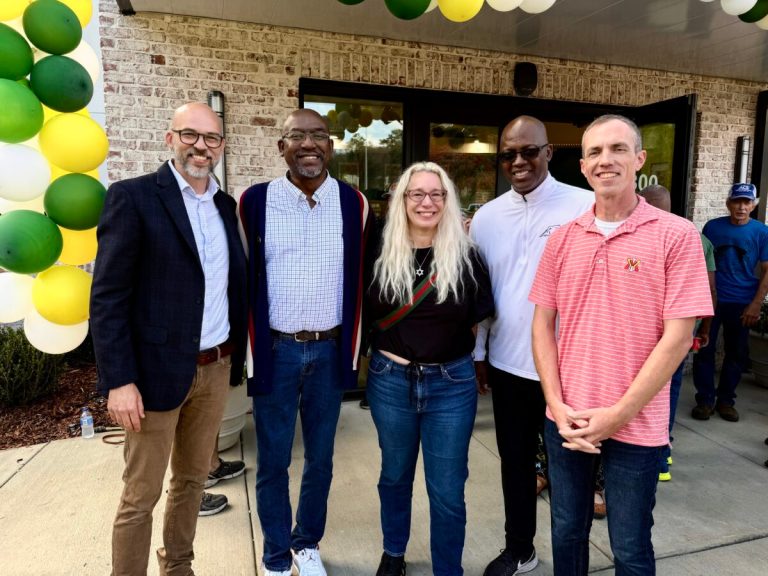ULI Alabama meeting sparks conversations about Atlanta, Birmingham and their futures
Reading time: 3 minutes

Last week, the Urban Land Institute of Alabama (ULI Alabama) held its quarterly meeting at UAB. The keynote speaker, Tim Keane, Atlanta’s Commissioner of Planning, sparked a healthy conversation among Birmingham’s urban design and economic development communities about aspiring to be what Martin Luther King, Jr. called a “beloved community.”
The gathering learned from Keane that Atlanta is planning to experience massive change over the next 25 years. For example, the population of the Atlanta metro area is predicted to increase by 2.5 million people, roughly half the population of Alabama today.

It may surprise most folks that the actual city of Atlanta, excluding the metro area, has roughly the same number of people living within the city limits today, 475,000, as they had in 1970, 496,000.
In 25 years, Keane is planning to accommodate 625,000 new residents in Atlanta, nearly tripling their population density.
So, how does Keane expect to do this?
According to Keane, by aspiring to be a Beloved Community, Atlanta has discovered a way to talk about goals: equity (justice), dreams and opportunity, and access and nature. All this has resulted in Atlanta’s groundbreaking plan, The Atlanta City Design: Aspiring to the Beloved Community.

The ULI Alabama panelists who followed Keane’s presentation provided the following takeaways as it relates to Birmingham.
“The biggest impression at today’s meeting for me was the aspiration aspect. The connection to be able to govern, policy make, and decision make by core values,” said Edwin Revell, Director of City Planning for Birmingham.
David Fleming, Director of Rev Birmingham added,
“We always address vibrancy as a place people want to be at from all stripes. You can have a beautiful park, but if you don’t have people there, then it is not a vibrant place. It is always about people. Even though we get excited about a development, the bricks and mortar and that kind of stuff, ultimately it has all got to be about people.”

Cheryl Morgan, former director of the Auburn University Urban Studio concluded.
“I love that Atlanta is doing an aspirational plan that is trying to say not only ‘how do you get it done’ but ‘what are we trying to do?’ The notion that there is a concept is really important.
I think the other thing that is fascinating, is that Atlanta has had the chance to make the mistakes that we then don’t need to make. We need to remember that we don’t need to be Atlanta, we need to be Birmingham.”

The meeting started an important conversation about Birmingham’s future. ULI Alabama believes it’s important to have these discussions to educate the public and envision the potential future for Birmingham.
What is our vision and how do we make a plan that supports it?
There was one item everyone found consensus. May it be in Atlanta or Birmingham, the plan has to be about people.
Atlanta made its first effort to fulfill MLK’s dream of a beloved community.
Now it is the Magic City’s turn.



